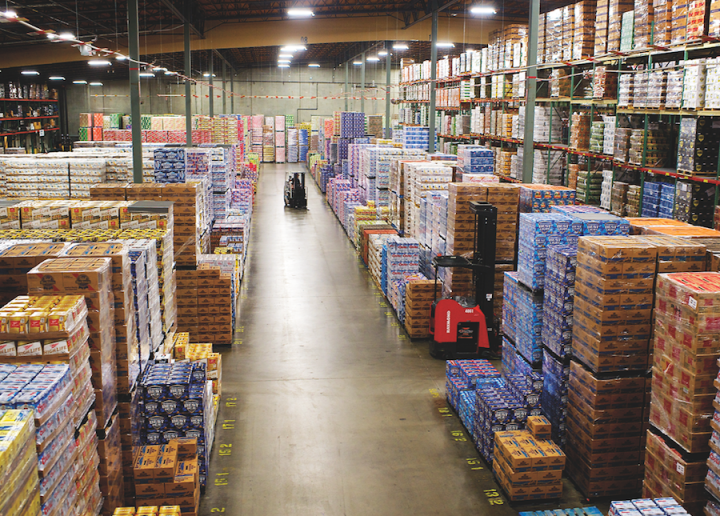Entering the U.S. retail market is not just about having a great product—it’s about choosing the right path to get that product in front of consumers. And for international CPG brands, one of the first (and most misunderstood) decisions is:
Should we go through a distributor, a wholesaler, or sell directly to stores?
Each route has its benefits and limitations, and the wrong choice can lead to operational friction, lost margin, or worse—product that sits in a warehouse with no real movement.
This article breaks down the key differences between distributors, wholesalers, and direct sales, and helps you understand which route aligns best with your brand’s stage, goals, and resources.
1. Distributors: Logistic support, but limited market-building

What they do:
Distributors typically buy your product, store it, and then resell it to retailers or foodservice outlets. They handle logistics, warehousing, invoicing, and delivery.
What they don’t do:
Distributors are not responsible for creating demand or ensuring your product sells. They are not your sales force. If your product doesn’t move, they’ll stop buying it—fast.
✅ Best if:
- You need a logistics partner with retail access
- You have existing demand or strong marketing support
- You’re ready to support the product with activation
🚫 Risk if:
- You rely solely on them to build your brand
- You enter without a sell-through strategy
- Your pricing leaves no room for distributor margin
2. Wholesalers: Gatekeepers to independent chains

What they do:
Wholesalers centralize purchases for independent supermarket chains, convenience stores, or regional banners. Getting “coded” with a wholesaler means their network of stores can order your product easily.
What they don’t do:
Wholesalers do not actively push your product to stores. And stores won’t order just because you’re coded—they order if it sells. That means you need strong retail execution to generate pull.
✅ Best if:
- You want to scale efficiently across multiple small chains
- You have a broker or sales team driving store-level orders
- You’re prepared to invest in merchandising and promotion
🚫 Risk if:
- You think codification = guaranteed sales
- You don’t support stores with sell-through strategy
- You’re not present in-market to ensure performance
3. Direct-to-store: High control, high effort
What it means:
Selling directly to stores—especially independent ones—means your team handles all aspects of the commercial relationship, from pitching to delivery to billing.
This model offers the most control, but it also demands:
- In-market sales reps or brokers
- Solid logistics and inventory management
- Strong relationship-building skills
✅ Best if:
- You’re launching regionally and want to learn fast
- You have a lean but agile go-to-market strategy
- You need proof of velocity to approach larger distributors later
🚫 Risk if:
- You’re not based in the U.S. or lack local support
- You can’t manage invoicing, replenishment, or follow-up
- You scale too fast without operational structure
So… which route should you take?
There’s no universal answer—but there is a framework:
| Brand Stage | Suggested Route |
|---|---|
| Early-stage / new to U.S. | Direct-to-store or small distributor |
| Regional proof of concept | Wholesaler with in-market support |
| National scaling | Hybrid: distributor + broker + field team |
| Operationally strong, niche product | Direct or DTC-retail hybrid |
The key is not choosing just a route—it’s building the strategy behind it.
Conclusion: Distribution is not strategy. Strategy is how you activate distribution.
Many international brands entering the U.S. fail not because of the wrong product—but because they didn’t understand how retail actually works. They expected movement from codification, or sales from logistics partners, or brand traction without investment.
At Group MCC, we help brands navigate these decisions with precision. Through our MCC Market Ready Framework, we assess your commercial structure, product readiness, and market fit—and help you define the best route to market, supported by the right retail, marketing, and execution strategy.
If you’re evaluating how to get your product on U.S. shelves—and more importantly, how to keep it there—book a free strategy session with our team. Let’s build a route that delivers results, not just distribution.
